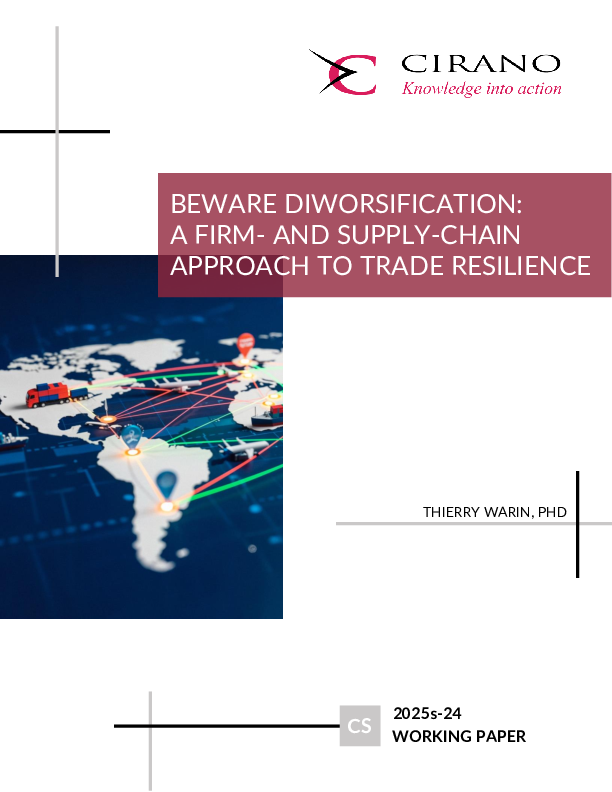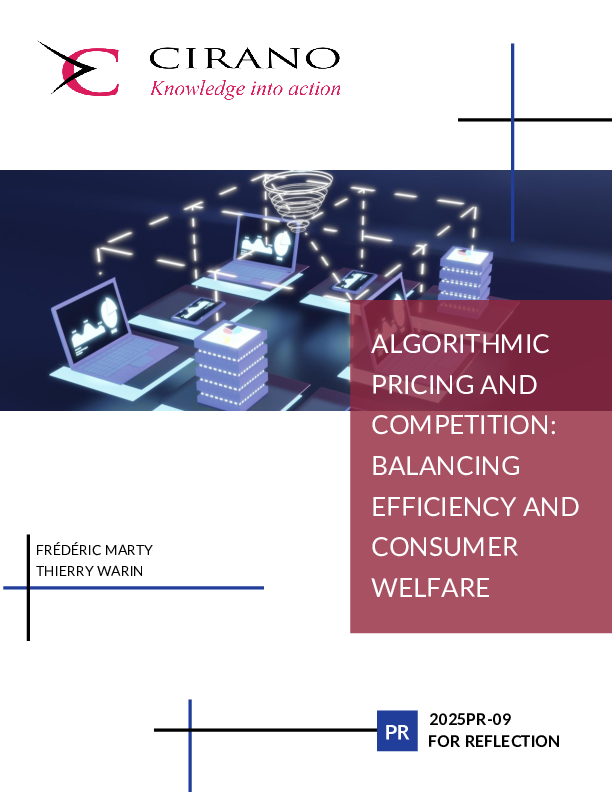Pratiques et tactiques de vente des concessionnaires automobiles au Québec
This report is a continuation of a vast study begun in 2020, the aim of which is to gain a better understanding of the Canadian population's growing preference for fuel-efficient vehicles, and the factors (political, economic, social, etc.) contributing to the increase in sales of this type of vehicle. CIRANO has already contributed through several reports published since 2020 and more recently through an analysis of light truck purchase motivations in Quebec (Gruber, Peignier and Pentcheva, 2023). The present report completes the knowledge on consumers by focusing instead on the car dealership environment and how it can influence consumer choice.
The scientific literature on marketing, and more specifically on consumer behavior, shows that every decision is taken in an environment that automatically influences the choice of a particular product. Consumers are influenced by the order in which products are presented, by the images that surround them, and by the way in which product information is framed (Ungemach et al., 2018). The decision to buy or not to buy a specific vehicle is still mainly made at car dealerships. It's therefore very important to study how this particular environment shapes consumer decisions.
To this end, we used observations in the form of mystery shopping to study the car dealership environment (Wilson, 2011). More specifically, this report presents the methodological approach and results of mystery visits to thirty rural, suburban and urban car dealerships in Quebec. All visits took place between September and December 2022. Testers were trained to observe and record salespeople's discourse and practices.
The results show that car dealership salespeople don't systematically push potential customers towards larger vehicles. Rather, they subtly shape their customers' perceptions by presenting them with a greater number of arguments in favour of large vehicles. Moreover, they seem less familiar with the arguments against larger vehicles. For example, none of them was able to talk about the differences in emissions between different types of vehicle without first seeking out this information. In addition, larger vehicles are more likely to be displayed outside or inside the dealership, providing a mental anchor for potential customers who enter a dealership with different options in mind. In line with the findings of Brazeau and Denoncourt (2021), these images often show large vehicles in the wild, making them even more attractive to hypothetical customers, even if they wouldn't (or couldn't) use them in such an environment. The environmental impact of different types of vehicle and the safety implications for other road users are virtually absent from the discourse. Finally, several of our testers noted that the sales team is sometimes unable to justify why vehicle sizes continue to increase without any clear benefit to customers. The results show that sales teams need to be better trained to talk about the safety implications and environmental impact of different vehicles.




